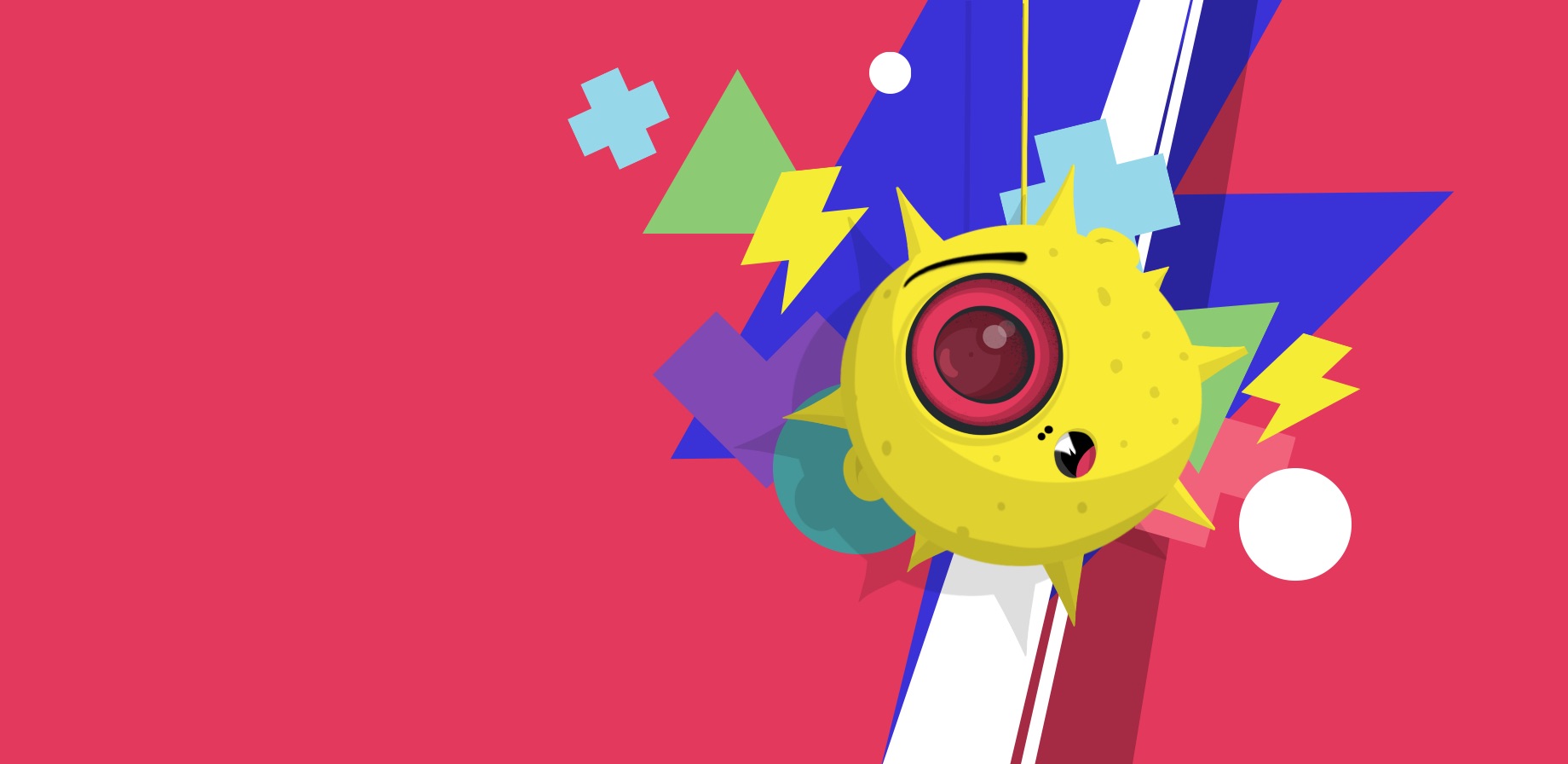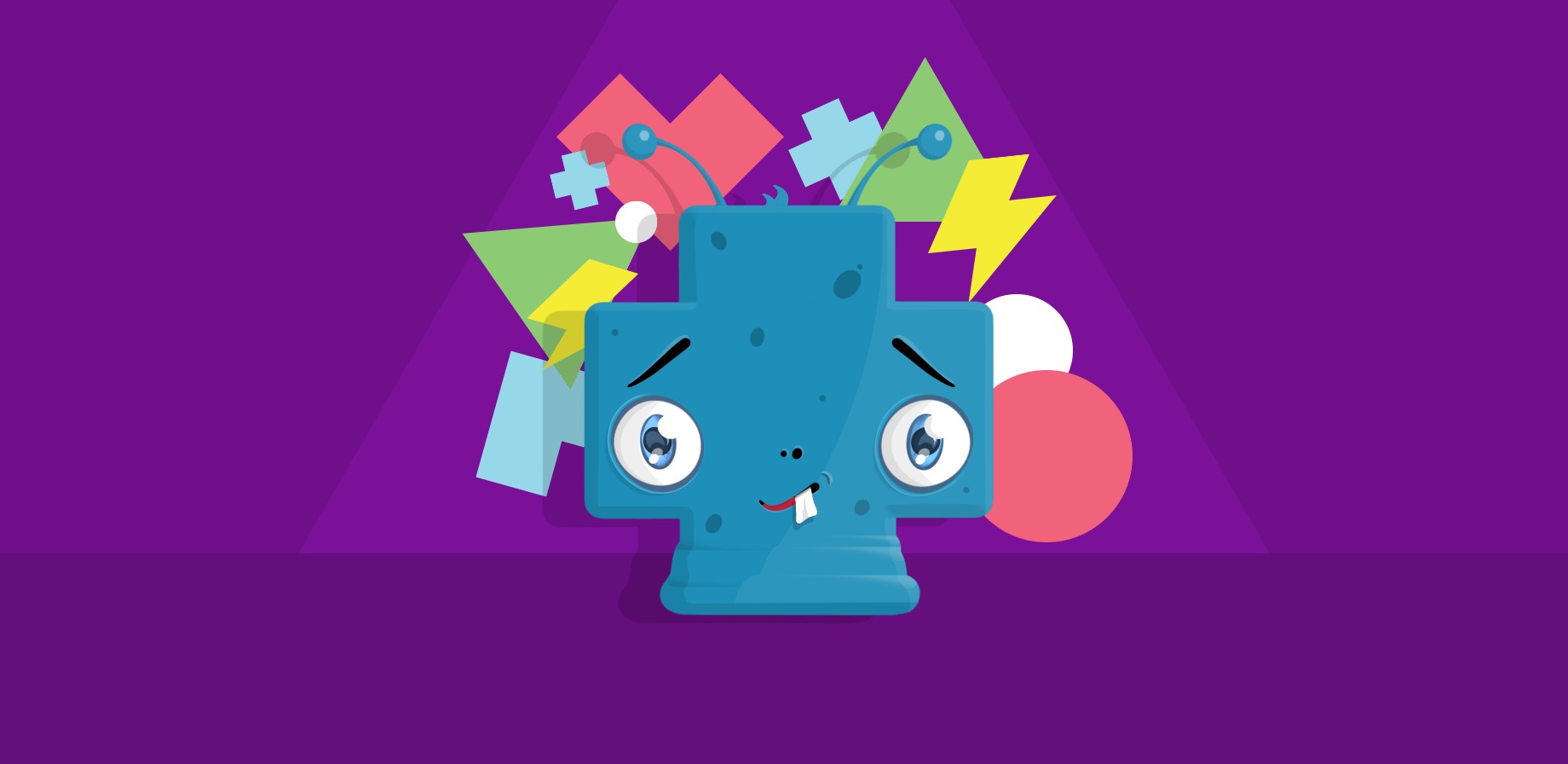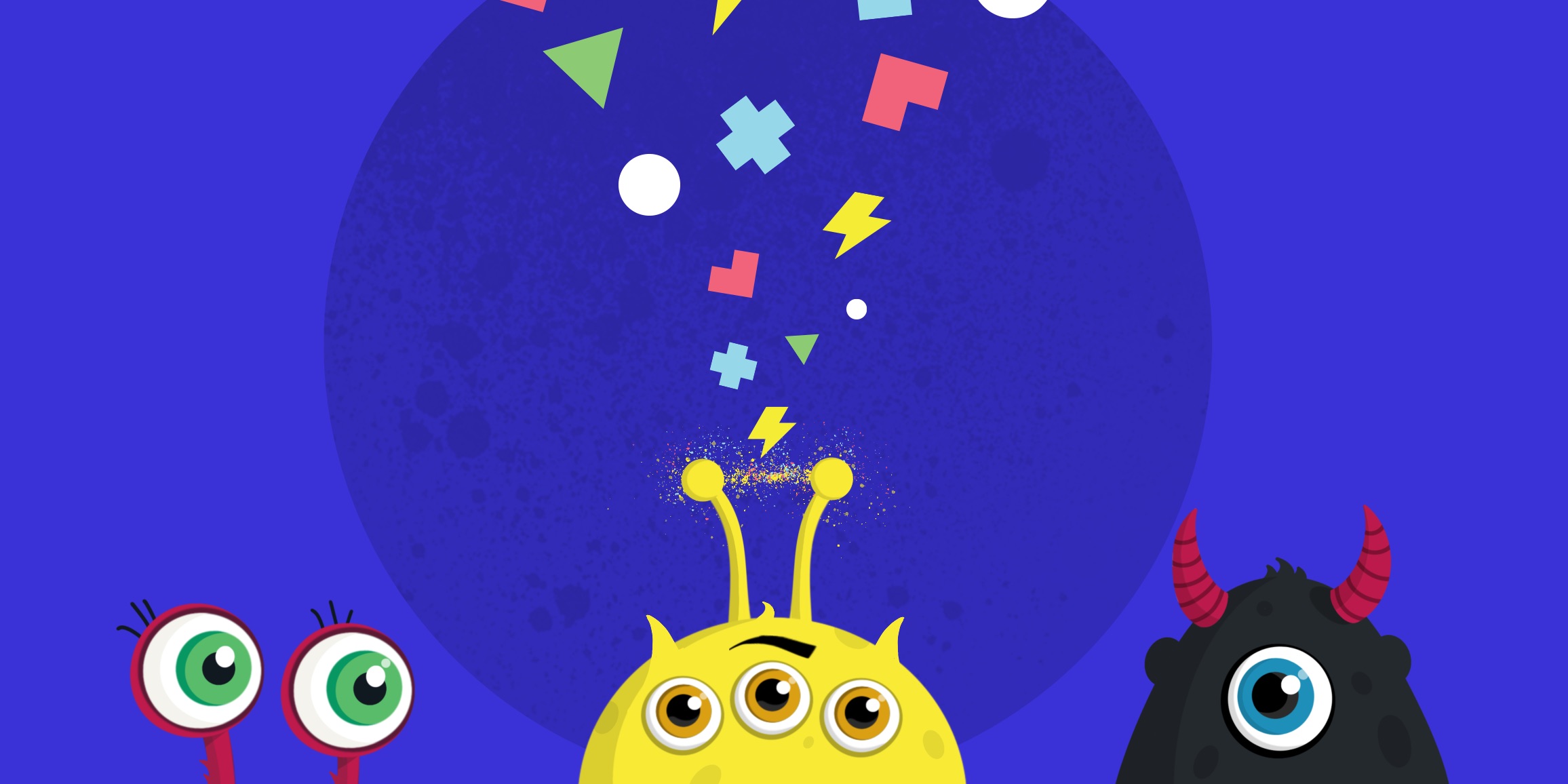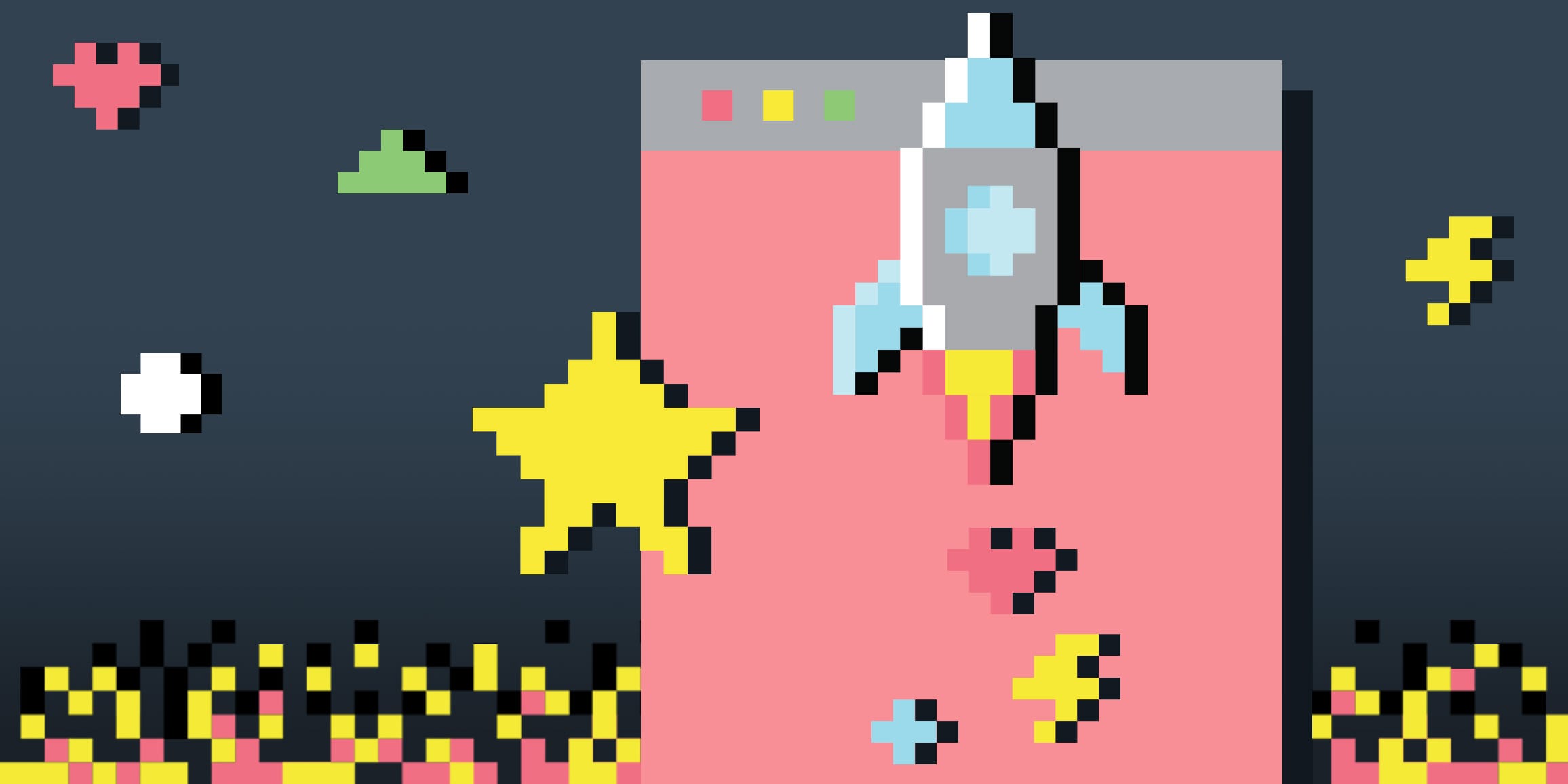However much further you browse this site or any other, we have one hope—two, actually: May you be surprised and delighted.
Isn’t that the dream for any digital experience? Well, maybe not in the finance industry. As experts in Games, Toys, Robots, Collectibles and all manner of entertainment that appeals to Gen X, Gen Y, and Gen Z we must always sprinkle in a dash of delight and scope of surprise. But like “gamification,” the phrase has become a buzzword entertainment brands crave in looking for the surest path toward attracting customers. But hitting both marks in a satisfying way gets complicated.
After all, delighting your audience can be as easy as simply giving them what they want, such as information, money, or even a balloon. However, pairing that response with genuine surprise can be more difficult to deliver. Though a less-than-delightful experience, a surprise would qualify as programming this page to, say, go black in three, two, one . . .
Fine, maybe not. But for all the superficial mysteries of the phrase, “surprise and delight” has become a fixture on every campaign’s wish list. But beyond the jargon, what does a surprise-and-delight experience really look like? And, once you’ve decided on a way to deliver something unexpected, how do you ensure it’s as delightful for your brand’s bottom line as your user experience?
Creating a campaign in gaming, toys or collectibles that truly surprises, delights, and succeeds is more difficult than it sounds. But if you thread the needle effectively, you can keep people engaged with your brand in a way that makes a lasting impression.
The business reasons behind fun for fun’s sake
As appealing as a campaign that surprises and delights your audience can be, brands often struggle to navigate the associated risks. After all, the very idea of delivering a surprise within your product’s website or campaign can feel like breaking the rules. Your brand has likely spent years building an established identity. Doesn’t a surprise require breaking with those expectations?
Not necessarily. Creating an aspect of your digital experience to surprise your audience doesn’t require breaking with your brand’s conventions. If anything, surprise-and-delight experiences are most effective when they feel true to your brand.
After all, your digital experience needs to do more than deliver content to be effective. From examining the emotions tied with your product to the resulting experiences they create, successful campaigns are ultimately marketing to a specific moment. If you can create a memorable moment of irreverence for your audience, their connection with your brand grows that much deeper.
As long as a fun-for-fun’s-sake flourish in your design enhances the experience, your audience will be happy to come along. But you have to understand the differing expectations of your audience first.

Youth audiences, from Millenials to Gen Z, have different expectations for digital experiences
Leaving room for silliness in your digital experience is especially valuable when you’re targeting a young audience. Fundamentally, young people browse websites differently from their parents and have different goals.
Whether you’re trying to pay a bill, buy some shoes, or find movie tickets, adults visit websites to get things done. For us, the window to create a moment of surprise and delight is much more narrow. Who wants to see an animated clown cartwheeling across the screen when you’re checking an account balance?
For youth audiences, however, your brand has much more latitude. As true digital natives, kids visit websites with the primary goal of being entertained. Instead of visiting a site to complete a specific task, young audiences survey and sweep content and display more exploratory behavior.
Consequently, the typical rules for engagement with your audience don’t always apply. An adult audience may be repelled by unexpected animation and sound blaring from various parts of your site. But kids have grown up expecting these touches.
If your product targets an adult audience, you can still provide a surprise-and-delight experience. But these flourishes should happen more as the result of an interaction they would be doing anyway as they look for information. Youth, by contrast, are more likely to be drawn a silly feature added just for the sheer hell of it. And that’s where fun for fun’s sake really begins.
In praise of surprise-and-delight silliness: Barfy stars and question blocks
For digital experiences, most surprise-and-delight moments hinge upon two specific circumstances. In one, a part of your website provides normal feedback to an interaction in an unexpected way. Or, your digital experience includes an element that offers pure fun for fun's sake.
Surprise and delight moments don’t have to be showstoppers. For example, years ago we coded a response action that looked as if confetti erupted from a button as your mouse passed over. The animation constituted a small detail, but livened up the page in a brief way. When the client asked for them again and again, they were given the name Barfy stars.
At the next level, a portion of your site is dedicated to pure fun with no correlation to how your site functions. These "Easter eggs" act as a similar hidden delight as the barfy stars, but at a larger scale. However, as silly as these features may be, they need a clear purpose. At its root, even the most frivolous part of a design should support your brand and its goals.
In a site developed for a big gaming company, we included a “Question Mark Block.” A familiar sight from one of the company’s popular titles, the block features no explanation or context. All it presents to users is an occasional shake indicating something is inside.
When users click, the box produces one of 15 random animations. The box’s contents produce sounds, familiar characters, or sudden splotches on the screen. For the brand’s older audience, the box is a surprise but doesn’t really get them anywhere. For its younger audience, however, the surprise is the treat. In testing, we found some kids would stop there and keep clicking over and over.
And the box keeps getting more filled each time a new game comes along.

Pursue moments of authentic surprise and delight in your marketing
Marketing to a young audience requires the acknowledgment of differing expectations and browsing habits. But the rules of design still matter. If a moment of irreverence isn’t consistent with your brand or its products, it’s ultimately just a fun waste of time.
A successful effort to surprise and delight your audience depends upon authenticity. Guess wrong about the right place and time for moment dedicated to fun, and your brand personifies the ‘How do you do, fellow kids?’ meme.
"Surprise and delight" may ultimately be another buzzy phrase that will one day become forgotten jargon. But moments of inspired silliness delivered with intent can have real value regardless of their label. If this sounds like a way you’d like to connect with your audience, let’s talk. We’ll leave the clown out of it.


